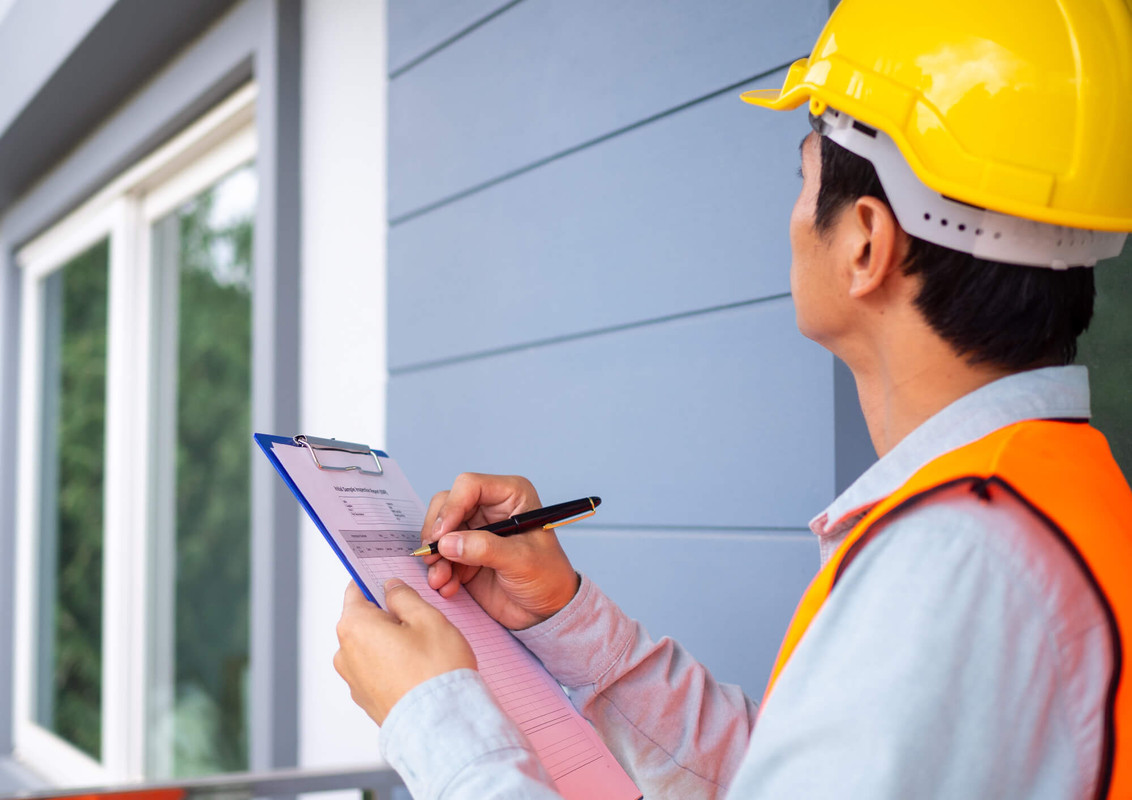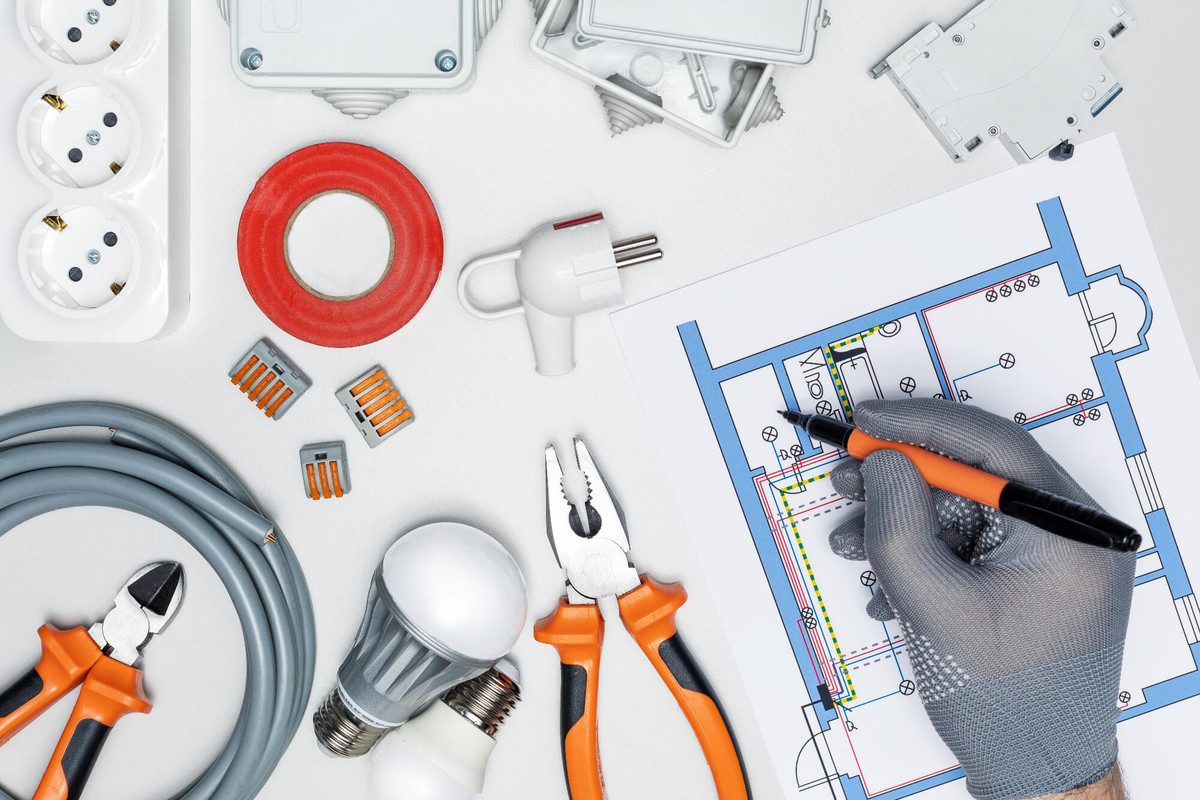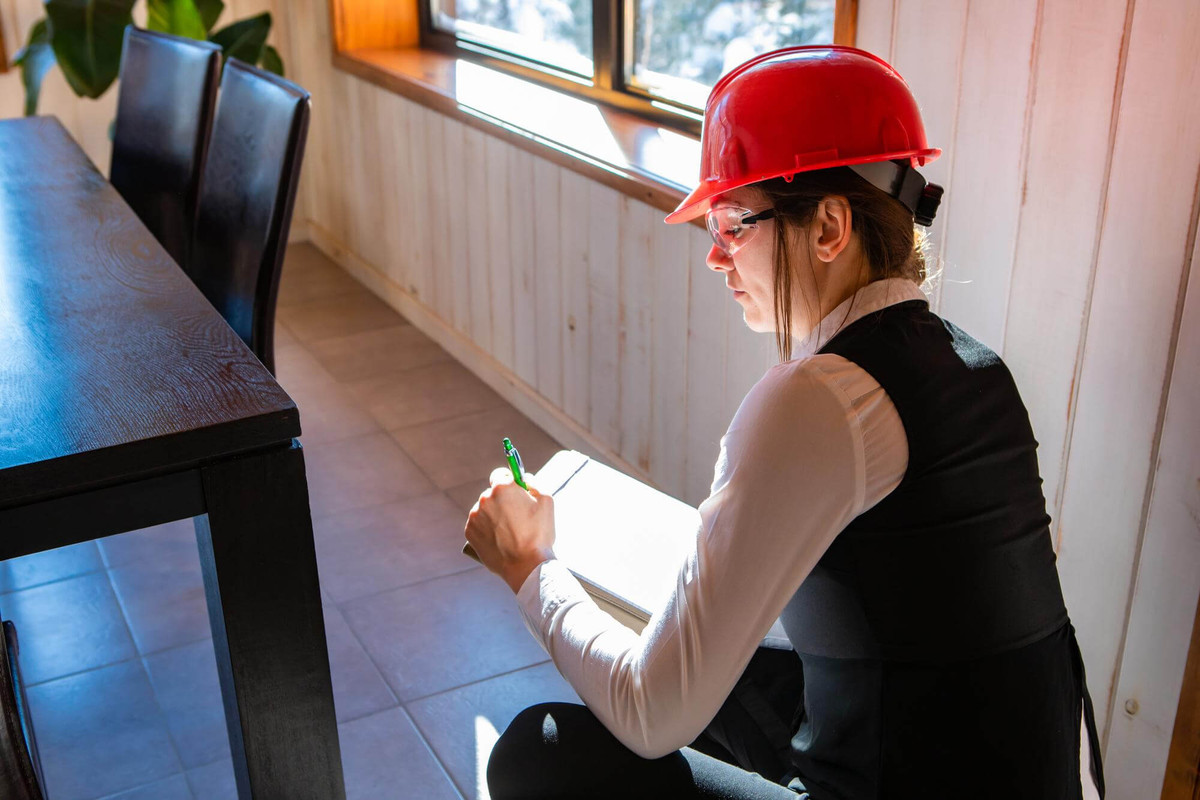Building Inspection Checklist: What Inspectors Look For and Why It Matters
Building Inspection Checklist: What Inspectors Look For and Why It Matters

Building inspections are important for keeping structures safe and meeting regulations, preventing problems before they happen. Often ignored, issues like bad wiring or weak structures can cause serious problems if not fixed quickly. Knowing a detailed checklist gives property owners information, boosting safety and property value.
Key Takeaways
- Building inspectors assess structural integrity, safety, and compliance with local codes.
- Focus areas include foundations, roofing, electrical systems, and plumbing.
- Inspection ensures public safety and prevents legal issues.
- Inspectors evaluate energy efficiency and accessibility features for sustainability and inclusivity.
- Adherence to standards is very important for property value and community well-being.
Essential Structural Components: Ensuring Stability and Safety
The main parts are important in building to keep buildings and structures stable and safe. These parts include basic systems, strong frames, and protection against outside forces. Seen as the backbone of building plans, they help reduce risks and make them last longer.
Important parts include building strong bases, supporting main walls, and using advanced materials for long-lasting strength. These parts fit with the building's look, balancing how it works and how it looks. They also deal with environmental challenges, needing designs to handle earthquakes, strong winds, or floods.
New technology in materials allows creative solutions like shock absorbers in tall buildings. Energy-efficient systems built into the design help with sustainability while keeping safety. Work between engineers and architects is key for creating designs that meet changing needs and climate. Investing in research and using smart technologies is needed to improve these parts for future problems.
Mechanical and Electrical Systems: Assessing Functionality and Compliance

Mechanical and electrical systems ensure building safety and efficiency. Checking them involves testing that they work well and follow rules. These inspections look at several things to see how well they work. Below is a simpler explanation of this checkup:
- Functionality Check:
- Look at the system to make sure all parts are working properly.
- Check for worn-out or broken pieces to avoid breakdowns.
- Make sure regular maintenance is done for best performance.
- Test how well they work and see if they match expected standards.
- Rule-Following Check:
- See if they follow local and national safety rules.
- Check paperwork for proper setup and upkeep records.
- Make sure systems meet environmental rules.
- Compare system details with legal requirements.
- Safety Checks:
- Find possible dangers that could happen if the system breaks.
- Make sure emergency features work well to keep people safe.
- Check how well safety features like alarms work.
- Test the system's reaction to pretend emergency situations.
Looking over mechanical and electrical systems using standard inspection steps is important. It helps find possible risks that can be fixed early. With regular checks, these systems can stay in good working order, ensuring safety. This also makes them last longer and follow the rules. Regular checkups create safer places for people by fixing problems before they happen.
Plumbing Concerns: Identifying Leaks and Ensuring Proper Installation
Plumbing issues involve finding leaks and making sure everything is put together properly to prevent water damage and waste. They keep water systems functioning well, which affects daily life and the reliability of buildings.
Plumbing systems are important but can be complex, involving tasks like finding leaks and assembling parts correctly. Detecting leaks early saves money and resources, emphasizing the need for regular checks and care. Incorrect installation can cause ongoing issues, affecting water pressure, durability, and even increasing water bills.
Various tools, like sound detectors and heat cameras, can help locate hidden leaks for quick repairs. Proper installation requires following guidelines to ensure parts are aligned correctly and securely connected. These issues are related; good installation reduces leaks, and finding them early solves setup problems.
Teaching homeowners and professionals the right methods and detection techniques improves the longevity and efficiency of systems. Being proactive, such as performing regular checks and hiring skilled workers for installations, ensures plumbing systems operate smoothly.
Exterior and Interior Examination: Looking for Wear, Damage, and Potential Hazards

|
Aspect |
Explanation |
|
Exterior Inspection |
Look for cracks, dents, or deformities on exterior surfaces or structures of the item. |
|
Interior Inspection |
Check inside for cracks, damage, or unusual wear on internal components and structures. |
|
Wear Detection |
Search for areas where repeated use caused erosion, thinning, or surface damage. |
|
Damage Identification |
Locate areas where damage has occurred due to impact, stress, or environmental factors. |
|
Potential Hazards |
Identify risks like loose parts, sharp edges, or instability that may cause harm or accidents. |
|
Surface Condition |
Assess paint, coating, or protective layer for chips, peeling, or fading issues. |
|
Structural Integrity |
Confirm the item remains strong and stable, with no risk of collapse or serious damage. |
|
Component Functionality |
Check if all parts work correctly, without noises, blockages, or operational obstruction. |
|
Environmental Impact |
Monitor damage caused by weather, temperature changes, or external environmental conditions. |
|
Safety Assessment |
Review item for overall safety, ensuring compliance with necessary standards and regulations. |
|
Documentation |
Keep detailed records of findings for future reference and potential maintenance planning. |
Health and Safety Checks: Ensuring Environmentally Friendly and Safe Living Conditions
Health and Safety Checks are regular reviews that ensure living conditions are safe and environmentally friendly by identifying possible dangers. These checks find risks, improve wellbeing, and make sure rules are followed to keep people safe.
Seen as important for a good lifestyle, they cover things like air quality, building safety, and chemical safety. Air quality checks find harmful substances to prevent breathing problems, while building checks ensure structures are strong. Chemical safety checks prevent harmful exposure, stressing proper storage and disposal.
Health and safety checks are linked to lower healthcare costs since they prevent illnesses, saving on medical bills. Also, safer environments improve mental wellbeing by reducing stress and worry about health risks.
These checks help sustainability by promoting eco-friendly practices, reducing carbon emissions, and using resources efficiently. They also build community trust, as people feel secure knowing their surroundings are safe.
Health and safety checks influence public policy, pushing governments to improve safety rules, so citizens are better protected. Businesses benefit by following these checks, as it boosts productivity and employee satisfaction, creating a healthier, safer workplace. This also raises public awareness, encouraging people to actively contribute to safer communities.
The End Note
Many people often misunderstand how important a detailed building inspection checklist is for property safety and longevity. Important things like building strength, safety dangers, and following rules ensure a property lasts long and can be lived in. A helpful tip is to hire skilled inspectors who know local rules and use up-to-date tools, improving inspection results.
Trending Articles
A thorough building inspection ensures safety, compliance, and long-term value, making it an essential step in any real estate process. Similarly, having the right information can simplify other important life decisions, such as legal matters. Here are some trending articles you might find useful:
-
Need a fast online divorce in Georgia? Explore the best services for quick and hassle-free processing. Read more.
-
Searching for the best online divorce services? Discover trusted platforms that make the process easier. Find out more.

Depuis 1993, TIC Group est le leader dans le domaine du contrôle et de l’inspection technique. Avec plus de 500 spécialistes, dont des ingénieurs et des techniciens.
Newsletter
- Inspection dans le monde numérique : comment les principes de contrôle technique s'appliquent aux je
- Gestion des risques dans les jeux en ligne : leçons tirées du secteur de la surveillance technique
- How to move to another city
- Tourism and recreation in Denmark
- Ako maximalizovať svoje výhry v online kasínach
